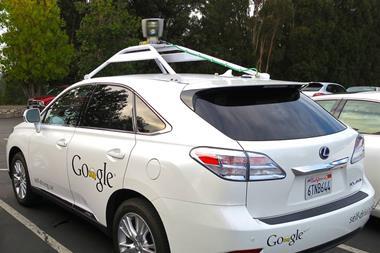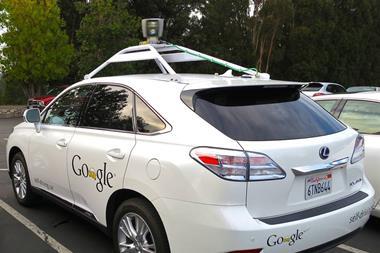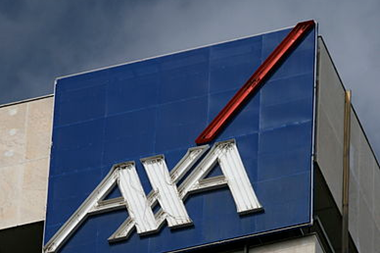Thatcham Research chief executive Peter Shaw talks about the rise of driverless cars and what it could mean for the insurance industry ahead of the ABI’s Motor Conference in December

At Thatcham, we have long championed autonomous vehicle technology as having the potential to dramatically reduce both the number and severity of road traffic accidents. In order for this potential to be fully realised, it is crucial that the legal and regulatory environment can adapt to technological developments.
The motor insurance industry has a strong contribution to make towards the development of a policy framework governing new vehicle technology and as the industry’s automotive research centre Thatcham has a key role in informing this contribution.
We have worked with the ABI to respond to the government’s ‘Review of the legislative and regulatory framework for testing driverless cars’ on behalf of the industry. In our joint submission we discuss a number of issues surrounding the regulatory framework in this area and below I outline some of the key themes that emerged from the consultation response.
I will be taking part in a panel discussion at the ABI’s Motor Conference in December to discuss the myriad policy issues surrounding new vehicle technology – a welcome opportunity for those across the industry to offer their opinions on an issue of vital importance.
Current opportunities
Established forms of technology such as autonomous emergency braking (AEB) have already shown themselves to have a positive road safety impact. Insurers themselves have shown their confidence in this technology by offering lower premiums for cars fitted with these systems.
There is good reason for this, as research by Thatcham has found that AEB lowers the rate of accidents that result in personal injury claims by around 20%. We would argue that there is a strong case to be made for a regulatory requirement for all new vehicles to be fitted with AEB by 2020.
Forecasts by Thatcham have shown that introducing such a requirement, combined with an incentive scheme, could prevent over 750,000 damage claims and over 19,000 deaths and serious injuries between 2015 and 2025.
Moving Forward
The development of more advanced systems of automation poses new questions for insurers.
The development of more advanced systems of automation poses new questions for insurers. Highly or fully autonomous vehicles create the potential for a shift in liability from the driver to the vehicle manufacturer. There is a debate to be had about the point at which this shift takes place.
For highly automated vehicles, we would argue that there is a complex picture with regard to who is liable in the event of accident. Telematics have an important role to play here as this technology may be able to show whether a crash has been caused by system failure or human error.
Ultimately, if a driver is required to monitor an automated system and intervene if necessary, then it is likely that they will still be liable if an accident takes place. The full shift in liability may come at the point at which the driver is simply unable to take control of the vehicle, such as in the google pod style of driverless car. Clearly, road traffic legislation will also have to change as vehicles such as these become common on our roads.
The debate about how existing laws and regulations will adapt to developments in autonomous technology is ongoing and it is only right that it should take some time for legal arguments to play out. One thing is certain; insurers have a collective interest in making sure their voices are heard, and the expertise to help deliver policy outcomes that are to the benefit of motorists, consumers and insurers themselves.
Peter Shaw is chief executive of Thatcham Research
Hosted by comedian and actor Tom Allen, 34 Gold, 23 Silver and 22 Bronze awards were handed out across an amazing 34 categories recognising brilliance and innovation right across the breadth of UK general insurance.












































1 Readers' comment